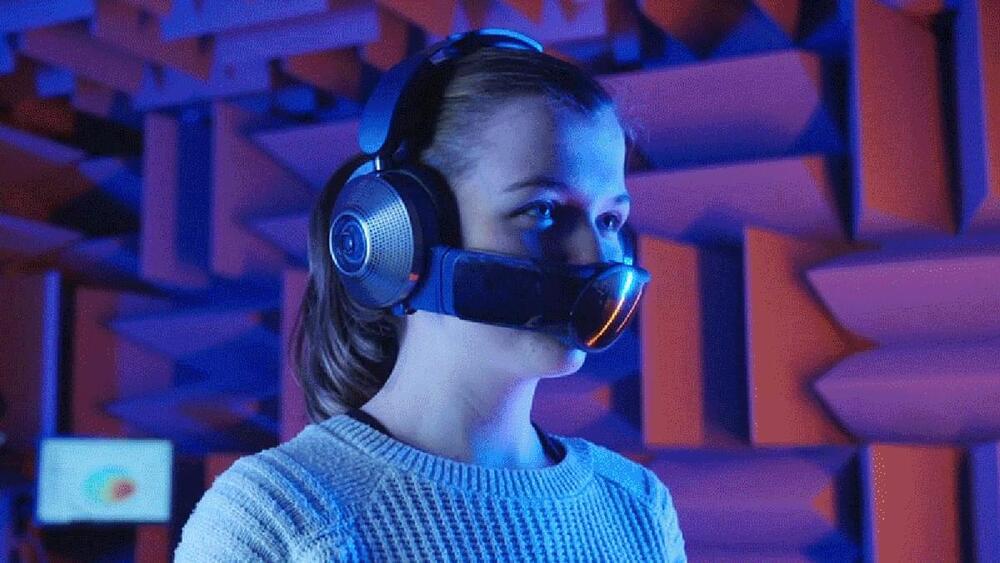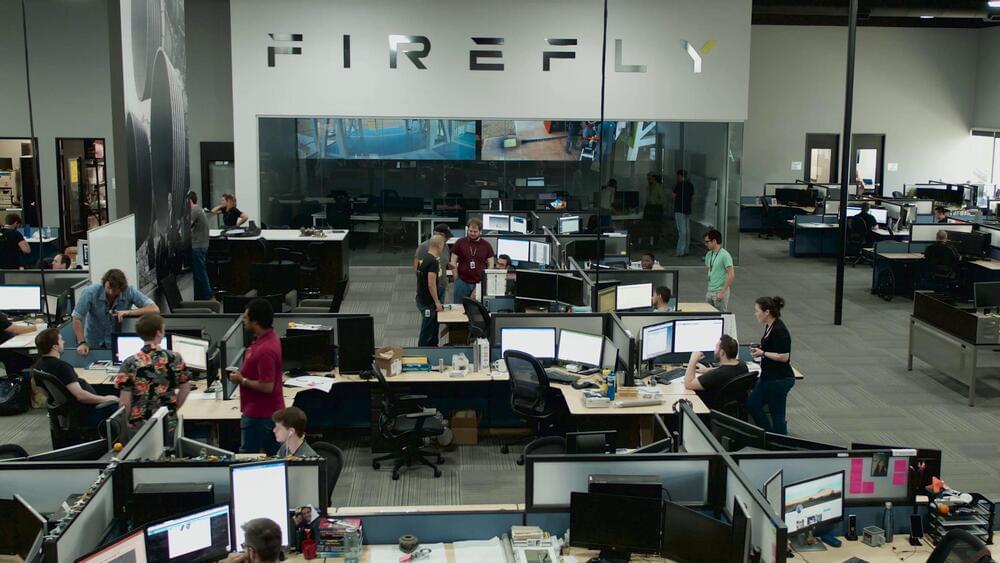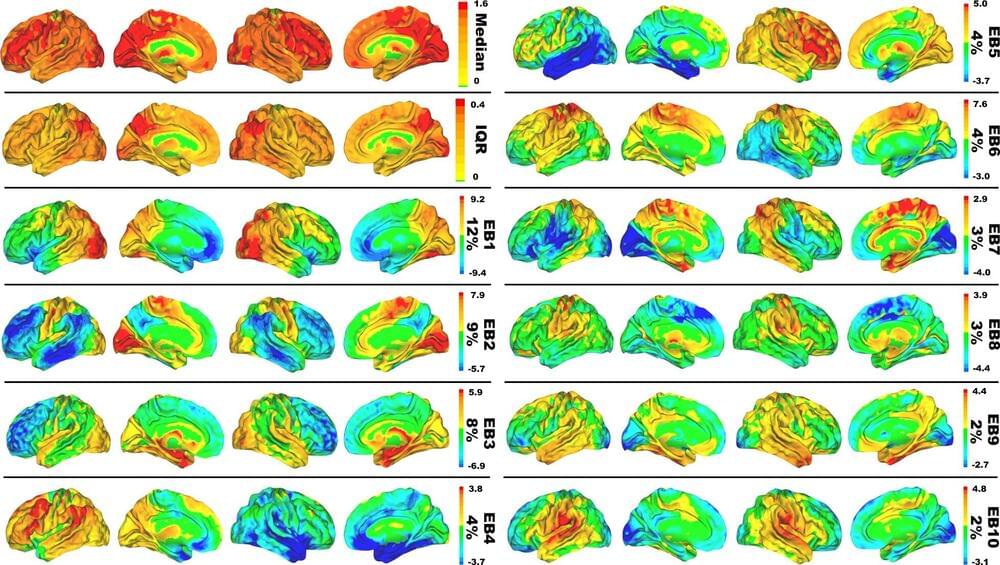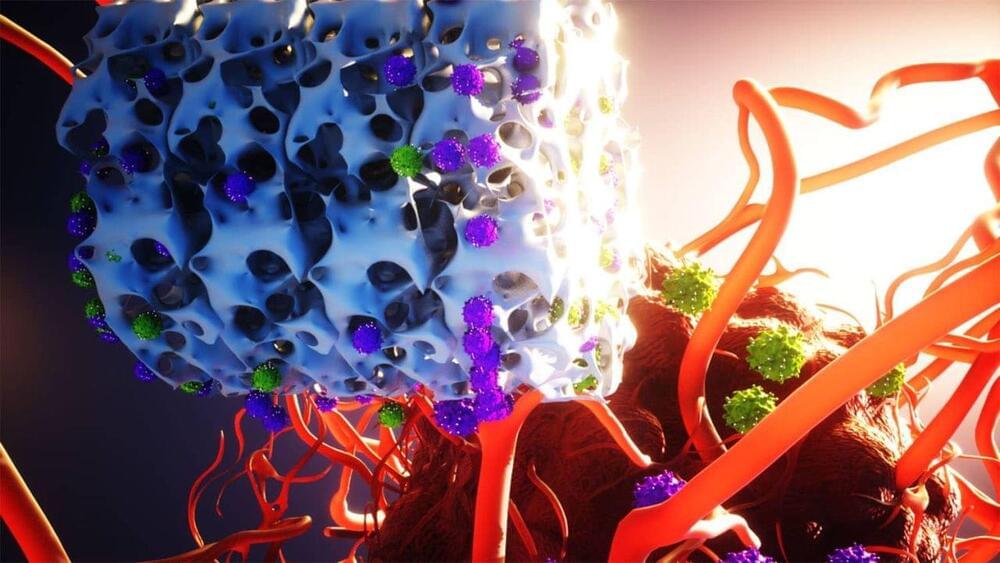Computer scientists at the University of California San Diego are showing how soil microbes can be harnessed to fuel low-power sensors. This opens new possibilities for microbial fuel cells (MFCs), which can power soil hydration sensors and other devices.
Led by Department of Computer Science and Engineering (CSE) Assistant Professor Pat Pannuto and Gabriel Marcano, a Ph.D. student working with Pannuto, this research was presented today at the first Association for Computer Machinery (ACM) Workshop on No Power and Low Power Internet of Things.
“Our most immediate applications are in agricultural settings, trying to create closed-loop controls. First for watering, but eventually for fertilization and treatment: sensing nitrates, nitrogen, phosphorous, potassium. This could help us understand how to limit run off and other effects,” said Pannuto, senior author on the study titled “Soil Power? Can Microbial Fuel Cells Power Non-Trivial Sensors?”









